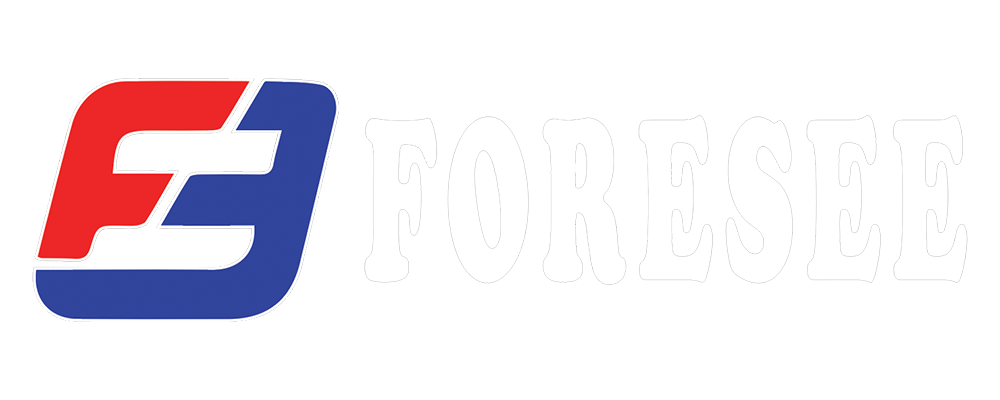Type of Coating and Current:
- 0: Cellulosic Sodium coating, suitable for DC+ (Direct Current Electrode Positive).
- 1: Cellulosic Potassium coating, suitable for AC (Alternating Current) or DC+.
- 2: Rutile Sodium coating, suitable for AC or DC- (Direct Current Electrode Negative).
- 3: Rutile Potassium coating, suitable for AC or DC+.
- 4: Iron Powder, Titanium Dioxide coating, suitable for AC or DC+.
- 5: Low Hydrogen Sodium coating, suitable for DC+.
- 6: Low Hydrogen Potassium coating, suitable for AC or DC+.
- 8: Low Hydrogen Iron Powder coating, suitable for AC or DC+.
Understanding the Factors of Coating
- The type of coating on an electrode affects various factors, such as:
- Arc stability: Some coatings provide a more stable arc, which can make welding easier.
- Penetration: Electrodes with different coatings can affect how deeply the weld penetrates into the base metal.
- Slag removal: Some coatings make it easier to remove slag after welding.
- Weld metal properties: The coating can also influence the chemical composition and mechanical properties of the deposited weld metal.
Current Types
- AC (Alternating Current): The current alternates direction, suitable for certain coatings that can handle this variation.
- DC+ (Direct Current Electrode Positive): The electrode is connected to the positive terminal, which produces a deeper penetration.
- DC- (Direct Current Electrode Negative): The electrode is connected to the negative terminal, typically producing less penetration and a cooler arc.
Example: E6010
- E: Electrode
- 60: 60,000 psi tensile strength
- 1: Suitable for all positions (flat, horizontal, vertical, overhead)
- 0: Cellulosic Sodium coating, suitable for DC+ (Direct Current Electrode Positive)
Summary: E6010 is an electrode with a 60,000 psi tensile strength, usable in all positions, with a cellulosic sodium coating that provides deep penetration and is ideal for DC+ current. It’s commonly used for pipe welding and root passes.
Example: E7018
- E: Electrode
- 70: 70,000 psi tensile strength
- 1: Suitable for all positions
- 8: Low Hydrogen, Iron Powder coating, suitable for AC or DC+ current
Summary: E7018 is a low-hydrogen electrode with a 70,000 psi tensile strength. It can be used in all positions and is designed to work well with both AC and DC+ current. This electrode is commonly used for structural steel welding, offering strong, crack-resistant welds.
Example: E7024
- E: Electrode
- 70: 70,000 psi tensile strength
- 2: Suitable for flat and horizontal positions only
- 4: Iron Powder, Titania coating, suitable for AC or DC+ current
Summary: E7024 is an electrode with a 70,000 psi tensile strength, suitable for flat and horizontal welding positions. The iron powder in the coating enhances deposition rates, making it ideal for high-speed, large welds in flat or horizontal positions.
Example: E6013
- E: Electrode
- 60: 60,000 psi tensile strength
- 1: Suitable for all positions
- 3: Rutile Potassium coating, suitable for AC or DC+ current
Summary: E6013 is a versatile electrode with a 60,000 psi tensile strength, usable in all positions. It has a rutile potassium coating, providing a stable arc and easy slag removal, making it ideal for general-purpose welding on thin materials.
Example: E6011
- E: Electrode
- 60: 60,000 psi tensile strength
- 1: Suitable for all positions
- 1: Cellulosic Potassium coating, suitable for AC or DC+ current
Summary: E6011 is similar to E6010 but can be used with both AC and DC+ current, thanks to its cellulosic potassium coating. This makes it more versatile while still offering deep penetration, making it suitable for welding in challenging positions or on rusted or dirty metals.
Example: E7028
- E: Electrode
- 70: 70,000 psi tensile strength
- 2: Suitable for flat and horizontal positions only
- 8: Low Hydrogen, Iron Powder coating, suitable for AC or DC+ current
Summary: E7028 is an electrode with a 70,000 psi tensile strength, designed for flat and horizontal welding. It has a low-hydrogen iron powder coating, which enhances deposition rates, making it suitable for high-productivity welding in these positions, especially in heavy-duty applications.
Example: E6012
- E: Electrode
- 60: 60,000 psi tensile strength
- 1: Suitable for all positions
- 2: Rutile Sodium coating, suitable for AC or DC- current
Summary: E6012 is an electrode with a 60,000 psi tensile strength, usable in all positions. It features a rutile sodium coating, suitable for AC or DC-, providing a stable arc with moderate penetration. It’s often used for sheet metal work where moderate penetration is needed.

Recent post